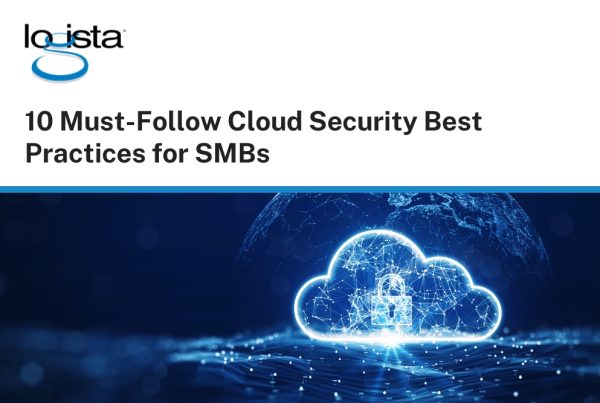Migrating to the cloud can be a game-changer for your business, offering flexibility, scalability, and cost savings. However, cloud migration isn’t a decision to take lightly. If done without careful planning, it can lead to unexpected costs, downtime, or security vulnerabilities. To make the transition smooth and successful, here are some key considerations to keep in mind.

1. Identifying Your Business Needs
Before jumping into the cloud, evaluate your business goals and how the cloud aligns with them. Are you looking to improve scalability? Reduce infrastructure costs? Enhance collaboration? Your cloud strategy should directly support these objectives. Not all workloads or applications need to be moved to the cloud, so identify the ones that will truly benefit your organization.
2. Assess Costs and Budget
While cloud computing often reduces operational expenses, migration itself can come with upfront costs. These may include reconfiguring applications, training staff, and potential downtime during the transition. Additionally, cloud pricing models vary (pay-as-you-go, reserved instances, etc.), so understand your usage patterns to avoid overpaying for resources you don’t need.
3. Evaluate Security and Compliance
Security should be at the forefront of your cloud migration strategy. Assess your chosen provider’s security measures, including data encryption, firewalls, and intrusion detection systems. If your industry has strict compliance requirements (e.g., HIPAA for healthcare or GDPR for EU businesses), ensure the provider meets those standards and offers compliance certifications.

4. Choose the Right Cloud Model
There are three main cloud models: public, private, and hybrid.
Public Cloud: Cost-effective and ideal for businesses with standard workloads.
Private Cloud: Offers more control and security, suitable for sensitive data.
Hybrid Cloud: Combines the best of both worlds, allowing flexibility.
Be sure to choose the model that aligns with your needs and budget.
5. Plan for Downtime and Disruption
Cloud migration is rarely seamless. Unexpected downtime or service interruptions can impact your business. Minimize this risk by creating a detailed migration roadmap, including timelines, testing phases, and fallback strategies. Many cloud providers offer tools and services to streamline this process.
6. Train Your Team
Cloud technology introduces new tools and workflows. To maximize its benefits, invest in training your team. Employees should understand how to use cloud applications securely and efficiently. This step not only boosts productivity but also reduces the risk of accidental data breaches.

7. Monitor and Optimize Post-Migration
The work doesn’t stop once you’ve moved to the cloud. Continuously monitor performance to ensure you’re meeting your goals. Take advantage of cloud analytics tools to optimize resource usage and cut costs. Regularly update your cloud strategy as your business evolves.
Ready to Make a Change?
Migrating to the cloud offers many advantages, but preparation is key to reaping its full benefits. By understanding your needs, planning carefully, and partnering with the right cloud provider, your business can achieve a successful and stress-free transition.
About Logista Solutions
Logista Solutions is a nationally recognized leader in a broad range of technology management solutions. As one of the largest technology support providers in the U.S., Logista provides innovative and holistic solutions to help companies take control of their IT infrastructure and achieve better business outcomes. Popular services include Managed IT as a Service, VoIP and Unified Communications, Managed Print, Cloud Services and Asset Disposition.



